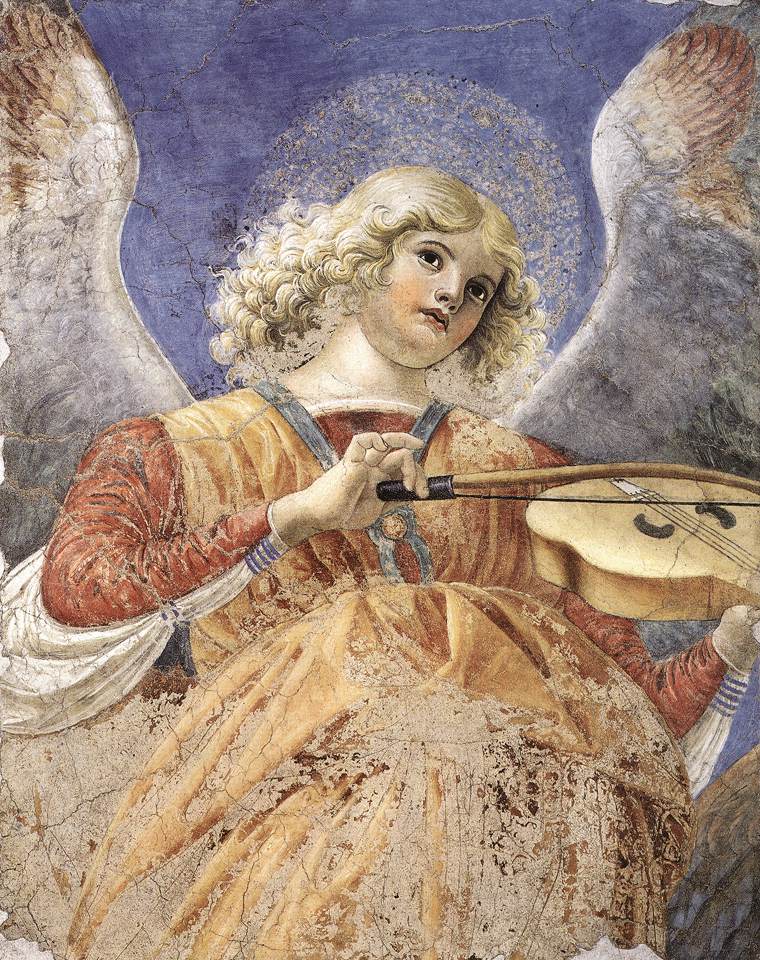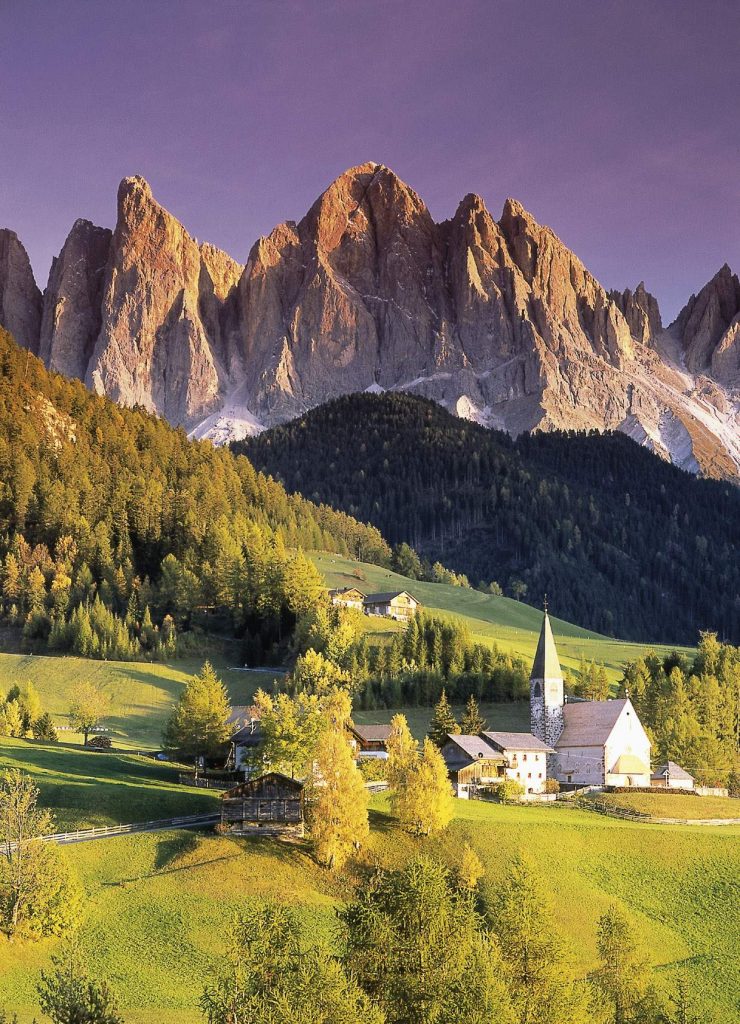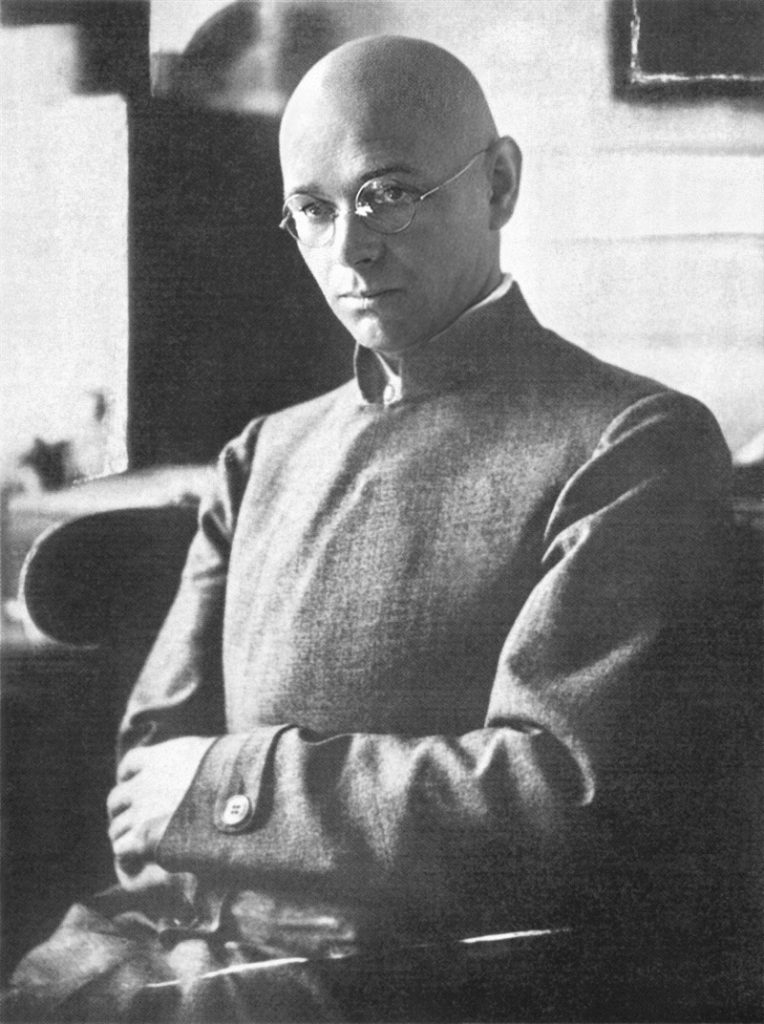Tyrol, 2nd half of the 17th century
Wood, with original paintwork and gilding
Height: 52 cm
Through its posture the angel takes on the appearance of an elegant dancer. A stringed instrument that no longer exists today, rested on the raised, right leg which, in all probability, was originally supported by an architectural element. The neck of the instrument lay in the angel’s rights hand, the violin bow being held in the left. This explains the expressive, expansive gesture of the two arms. The heavenly creature with its black curls is lost in thought, concentrating solely on the music.
The little music-maker is to be seen within the context of an altarpiece on which, together with another music-playing companion, it would have been standing on the volutes flanking the crowning pediment of the altarpiece. One such example can be found on the altar in St. Jacob’s Church in Schondorf am Ammersee. The angels there, however, are holding laurel wreaths and the branch of martyrdom in their hands, rather than musical instruments. This altarpiece is attributed to a sculptor from the so-called Weilheim School, probably a member of the Degler family’s workshop.
Thanks to the mediation of his father-in-law, Adam Krumper, among others, Hans Degler (1564–1632/33), the leading exponent of the Weilheim School, worked for the Court in Munich. He created the high altar in the basilica of St. Ulrich and St. Afra in Augsburg, as well as the two side altars and the pulpit.


